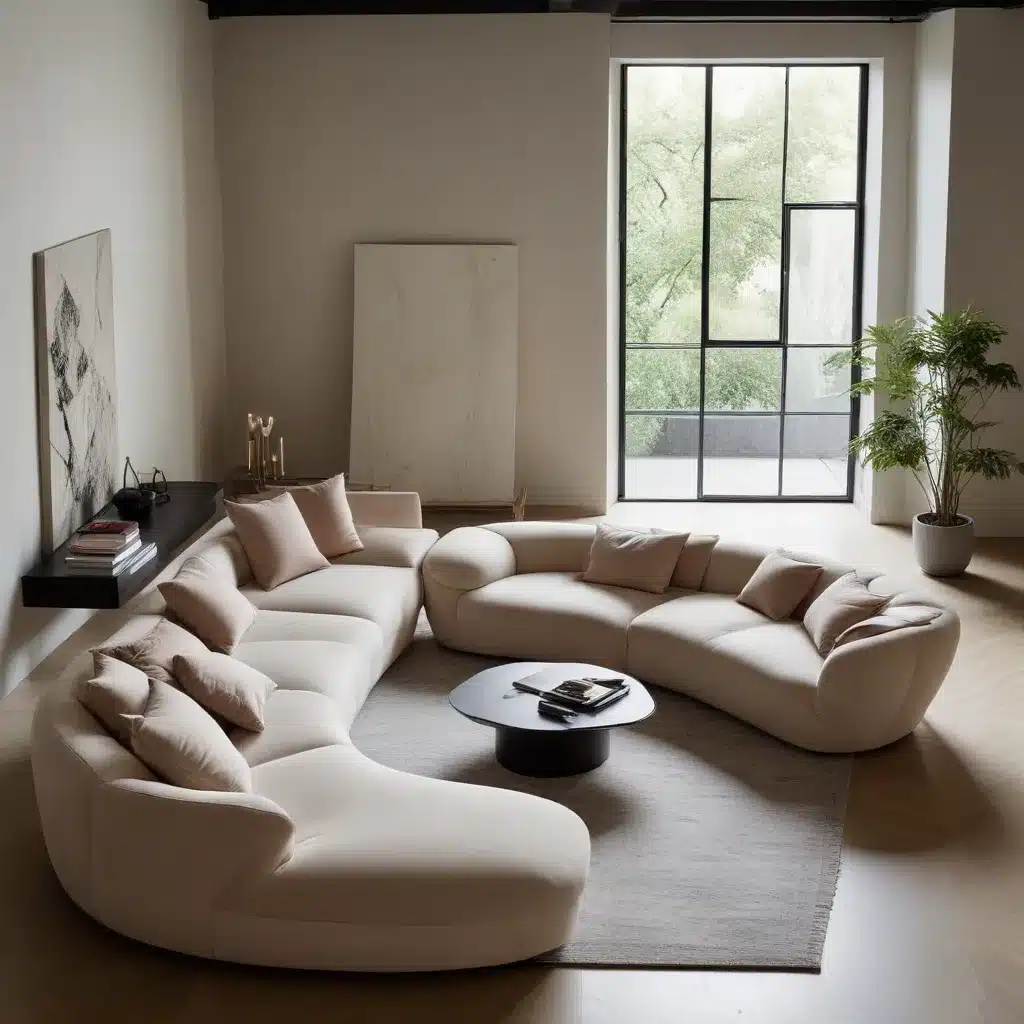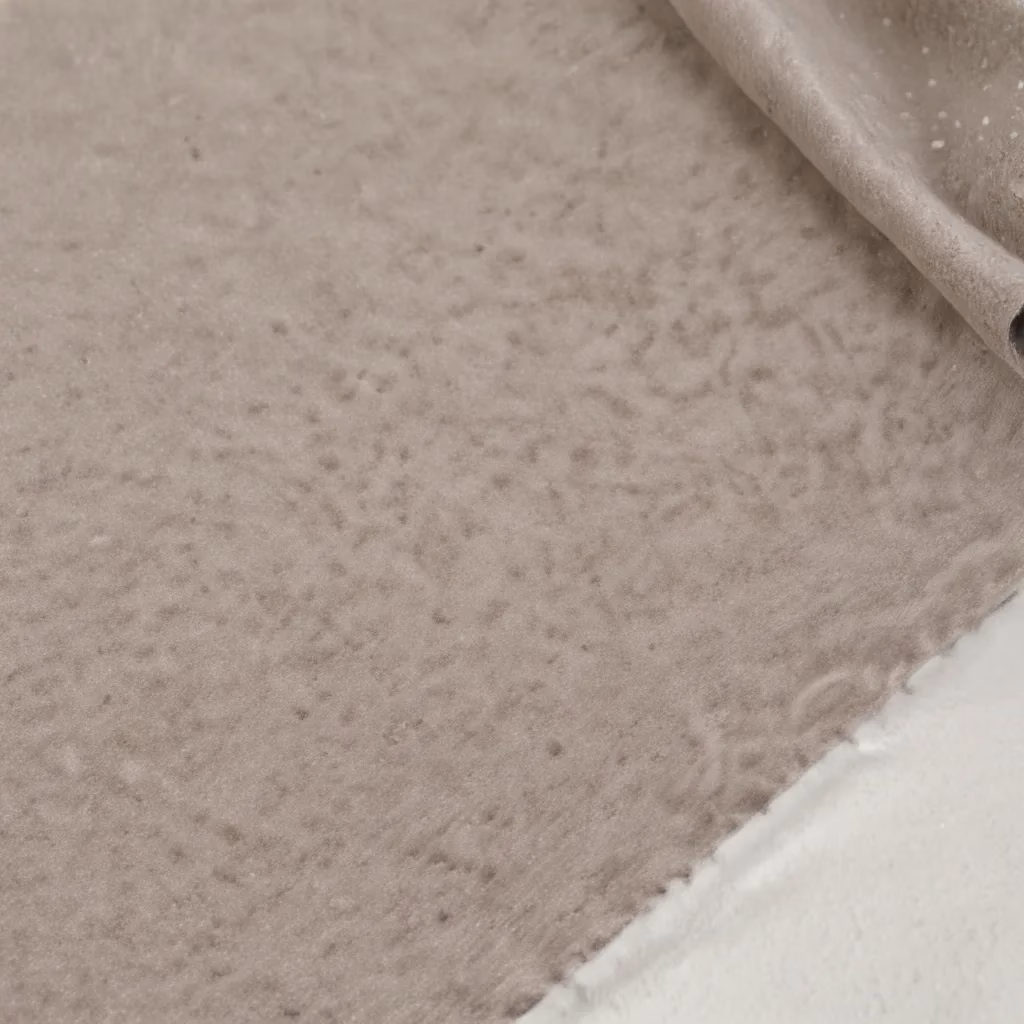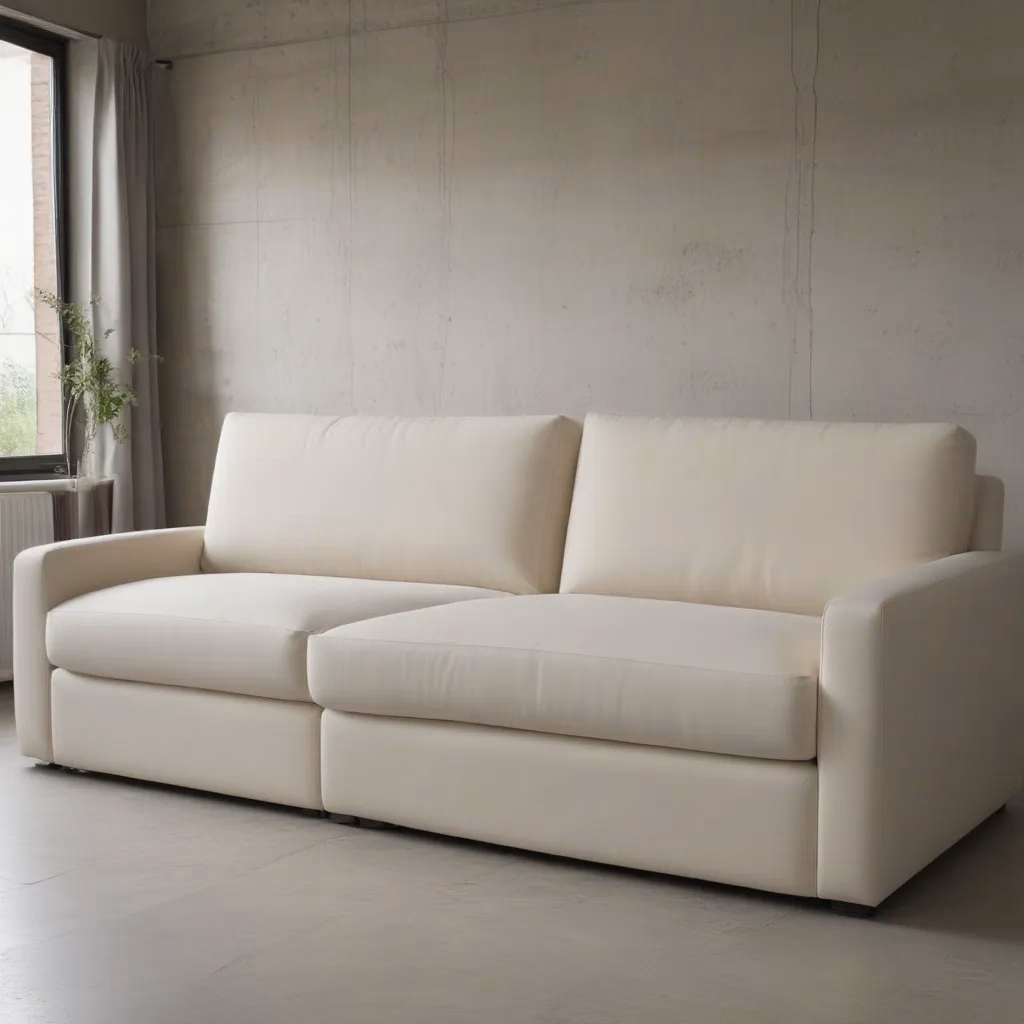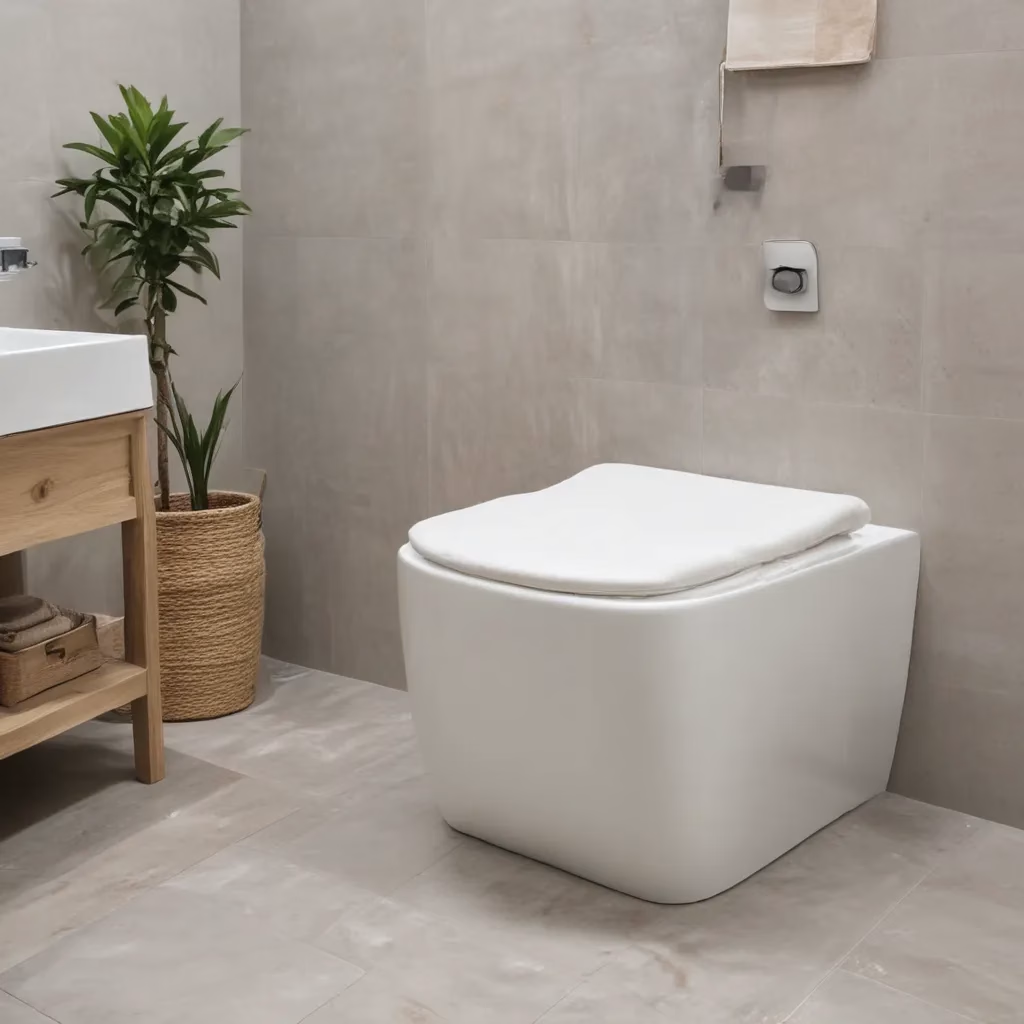
The Evolution of Sofa Design in the UK
Sofa design in the United Kingdom has undergone a remarkable transformation in recent years. The traditional, boxy shapes that once dominated living rooms across the country have given way to more imaginative and eye-catching forms. This shift reflects a growing desire among UK homeowners to make bold statements with their furniture choices.
Contemporary sofas are no longer mere seating options; they have become focal points that anchor the entire living space. Designers are pushing the boundaries of what’s possible, creating pieces that blur the line between furniture and art. These new sofa shapes challenge our perceptions and invite us to rethink the role of seating in our homes.
The trend towards more sculptural sofas is partly driven by a renewed appreciation for craftsmanship and bespoke furniture. UK consumers are increasingly seeking out unique pieces that reflect their personal style and stand out from mass-produced alternatives. This has led to a renaissance in custom-made sofas, with skilled artisans working closely with clients to bring their visions to life.
Organic Forms and Flowing Lines
One of the most striking trends in contemporary sofa design is the embrace of organic forms and flowing lines. These sofas eschew rigid angles in favour of smooth, continuous curves that seem to defy gravity. The result is seating that appears to have been sculpted rather than constructed.
Designers are drawing inspiration from nature, creating sofas that mimic the gentle undulations of sand dunes or the graceful arcs of flower petals. These biomorphic shapes not only look visually appealing but also provide unexpected ergonomic benefits. The curved forms cradle the body, offering support in all the right places.
The shift towards organic shapes has been made possible by advances in manufacturing techniques and materials. High-density foams and flexible frame construction allow for previously impossible contours. This technological progress has opened up new avenues for creativity, enabling designers to push the boundaries of what’s possible in sofa design.
Modular Marvels: Flexibility Meets Artistry
Another significant trend in UK sofa design is the rise of modular systems that combine flexibility with artistic flair. These innovative pieces allow homeowners to customise their seating arrangements while still maintaining a cohesive, sculptural appearance.
Modular sofas typically consist of several individual units that can be arranged in multiple configurations. What sets modern modular designs apart is their emphasis on unconventional shapes and asymmetry. Instead of uniform, rectangular sections, these sofas might feature curved segments, angled pieces, or elements of varying heights.
The beauty of these modular marvels lies in their adaptability. They can be reconfigured to suit different room layouts or social situations, making them ideal for the dynamic lifestyles of many UK households. Despite their practicality, these sofas don’t sacrifice visual impact. When assembled, they create striking compositions that serve as conversation starters and focal points in any living space.
Material Matters: Textures and Fabrics That Enhance Form
The choice of upholstery plays a crucial role in emphasising the sculptural qualities of modern sofas. Designers are carefully selecting materials that complement and enhance the unique shapes of their creations. Here’s a comparison of popular upholstery options and their impact on sofa aesthetics:
| Material | Visual Effect | Tactile Quality | Suitability for Sculptural Designs |
|---|---|---|---|
| Velvet | Rich, lustrous | Soft, plush | Excellent – highlights curves |
| Leather | Sleek, modern | Smooth, supple | Good – emphasises clean lines |
| Bouclé | Textured, cosy | Nubby, inviting | Very good – adds visual interest |
| Linen | Natural, casual | Crisp, breathable | Moderate – best for simpler forms |
The texture and drape of the fabric can either accentuate or soften the sofa’s contours. For instance, a tightly upholstered velvet can highlight every curve and angle, creating a sense of visual tension. In contrast, a looser, more relaxed fabric might soften the overall silhouette, lending a more casual air to the piece.
Colour choice is equally important in sculptural sofa design. While neutral tones remain popular for their versatility, there’s a growing trend towards bold, saturated hues that further emphasise the sofa’s form. Monochromatic schemes allow the shape to take centre stage, while strategic use of contrasting colours can highlight specific design elements.
The Interplay of Light and Shadow
Sculptural sofas interact with light in fascinating ways, creating ever-changing visual experiences throughout the day. Designers are increasingly considering how natural and artificial light will play across the surface of their creations, using this interplay to enhance the sofa’s impact.
Sofas with pronounced curves and undulations cast interesting shadows that add depth and drama to a room. These shadows shift as the light source moves, creating a dynamic element in the living space. Some designers are even incorporating reflective or translucent materials into their sofa designs, further amplifying the effects of light.
The consideration of light has led to innovations in sofa placement within rooms. Rather than always pushing sofas against walls, interior designers are now more likely to position sculptural pieces as freestanding elements. This allows light to interact with all sides of the sofa, fully showcasing its three-dimensional form.
Balancing Form and Function
While the aesthetic appeal of sculptural sofas is undeniable, comfort remains a top priority for UK consumers. The challenge for designers lies in creating pieces that are visually striking without sacrificing usability. This balancing act requires careful consideration of ergonomics, support, and practicality.
Many contemporary sofa designs incorporate hidden features that enhance comfort without compromising on form. These might include adjustable headrests, concealed reclining mechanisms, or strategically placed cushioning. The goal is to provide a seating experience that’s as exceptional as the sofa’s appearance.
Durability is another key consideration in the design of sculptural sofas. UK homeowners expect their furniture to withstand the rigours of daily use while maintaining its shape and visual appeal. This has led to innovations in frame construction and the use of high-performance fabrics that can stand up to wear and tear.
The Impact on UK Living Spaces
The trend towards more sculptural sofas is having a profound effect on how UK residents approach interior design. These statement pieces often serve as the starting point for entire room schemes, with other elements chosen to complement or contrast with the sofa’s form.
Living rooms are becoming more dynamic and visually interesting as a result. The presence of a sculptural sofa encourages a more thoughtful approach to furniture arrangement and accessorising. Homeowners are more likely to experiment with unconventional layouts and to incorporate other artistic elements that harmonise with their statement seating.
This shift is also influencing the way UK consumers shop for furniture. There’s a growing appreciation for the value of investing in high-quality, design-led pieces that will stand the test of time. Many are willing to spend more on a sofa that doubles as a work of art, seeing it as a long-term investment in their home’s aesthetic.
Customisation and Personalisation
The rise of sculptural sofas has coincided with a growing demand for customisation in the UK furniture market. Consumers are increasingly seeking out pieces that reflect their individual tastes and lifestyles. This has led to a boom in made-to-order and bespoke sofa options.
Many UK furniture retailers now offer customisation services, allowing customers to choose not only the upholstery but also the specific dimensions and configurations of their sofas. This level of personalisation ensures that even the most sculptural designs can be adapted to fit different spaces and needs.
For those seeking truly unique pieces, collaborating with furniture designers or commissioning custom-made sofas has become more accessible. This process allows homeowners to be deeply involved in the creation of their statement seating, resulting in one-of-a-kind pieces that perfectly suit their living spaces.
Sustainable Approaches to Sculptural Design
Sustainability is a growing concern for UK consumers, and this is reflected in the world of sofa design. Many designers are now approaching sculptural forms with an eye towards environmental responsibility. This involves considering the entire lifecycle of the sofa, from material sourcing to eventual disposal or recycling.
Eco-friendly materials are becoming more prevalent in high-end sofa design. These include recycled fabrics, sustainably sourced wood for frames, and natural latex foam for cushioning. Some designers are even experimenting with biodegradable materials, creating sofas that have a minimal environmental impact at the end of their lifespan.
The emphasis on quality and timeless design inherent in many sculptural sofas also contributes to sustainability. By creating pieces that are built to last and resist passing trends, designers are encouraging a move away from disposable furniture culture. This aligns well with the growing interest in circular economy principles among UK consumers.
The Future of Sofa Design in the UK
As we look to the future, it’s clear that the trend towards more sculptural and expressive sofa designs is here to stay. UK designers and consumers alike are embracing the idea of sofas as functional art pieces that can transform living spaces.
Emerging technologies are likely to play a significant role in shaping the next generation of sofa designs. 3D printing, for example, could allow for even more complex and organic forms to be realised. Advanced modelling software is already enabling designers to push the boundaries of what’s possible in terms of structure and support.
The integration of smart technology into sofa design is another area ripe for innovation. We may see sculptural sofas that incorporate hidden charging ports, adjustable lighting, or even responsive fabrics that can change colour or texture.
Conclusion: A New Era of Living Room Centrepieces
The shift towards sculptural sofas represents a exciting chapter in UK interior design. These bold, artistic pieces are redefining our expectations of what a sofa can be, blurring the lines between furniture and sculpture.
For UK homeowners looking to make a statement in their living spaces, a sculptural sofa offers an opportunity to express personal style and create a truly unique environment. Whether opting for sinuous curves, asymmetrical forms, or modular compositions, there’s a world of possibilities to explore.
As the trend continues to evolve, we can expect to see even more innovative and inspiring designs emerge. The living room sofa, once a background player, has firmly established itself as the star of the show in contemporary UK interiors.
For those interested in exploring the latest in sofa design and finding the perfect sculptural piece for their home, Sofa Spectacular offers a curated selection of statement seating options. With a focus on quality craftsmanship and cutting-edge design, they’re an excellent resource for UK homeowners looking to elevate their living spaces.



